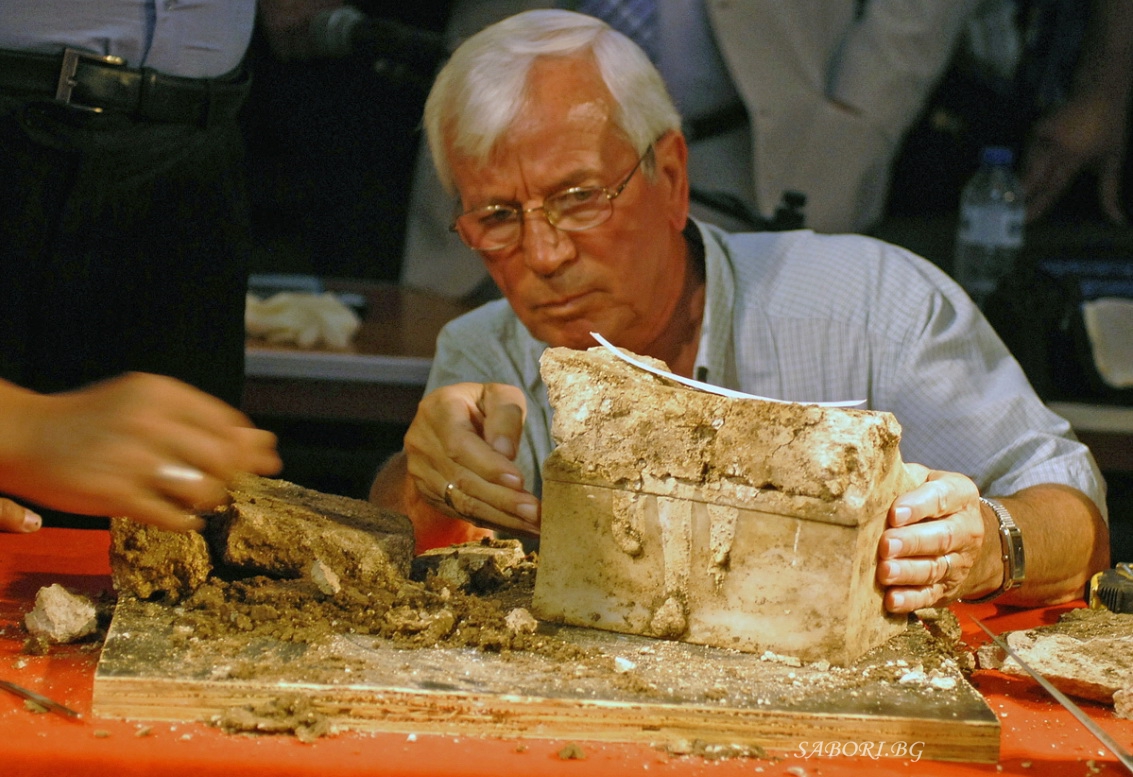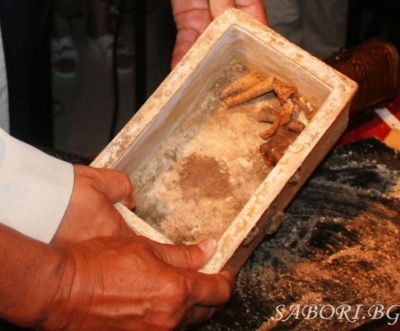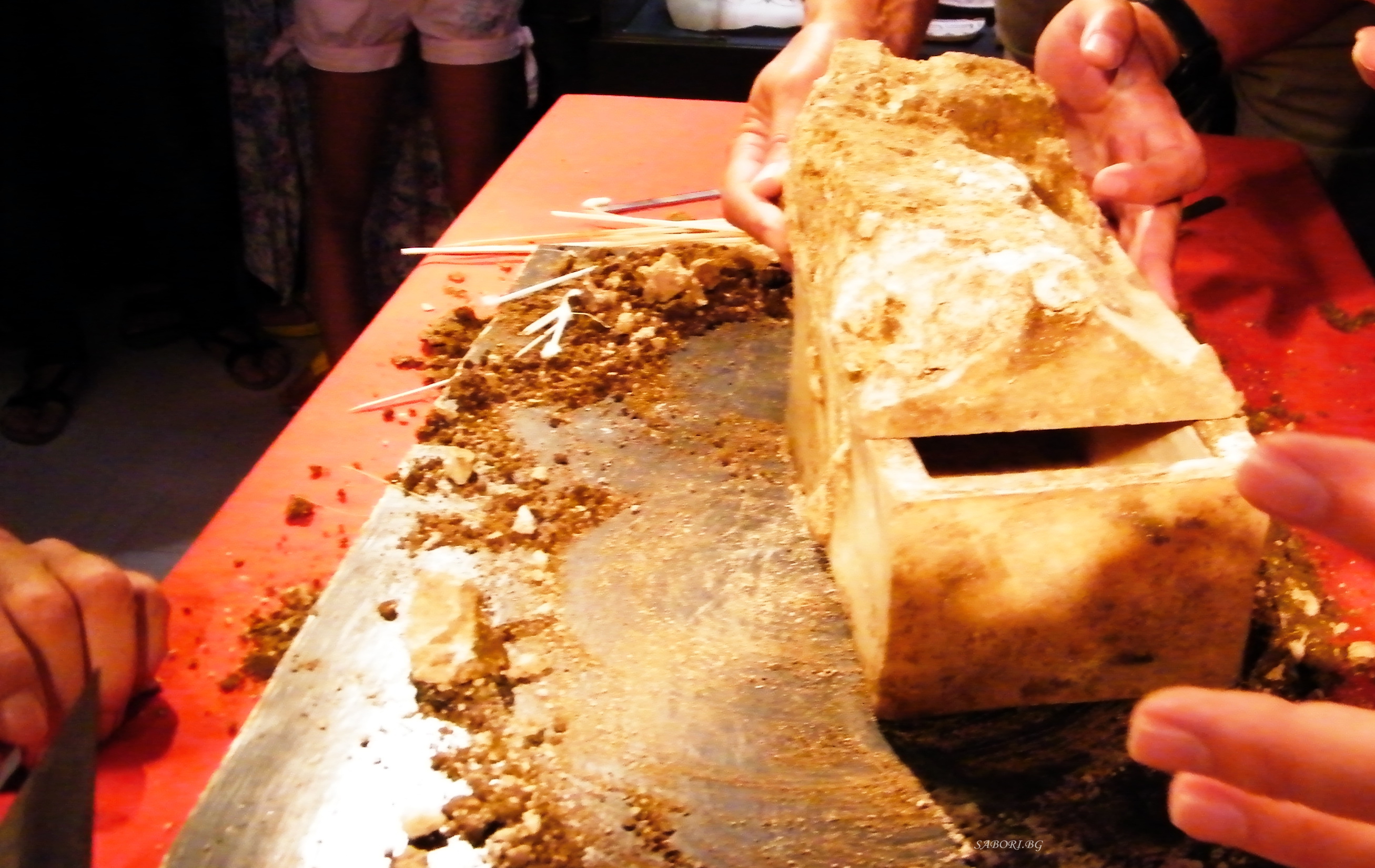| Фолклорни фестивали, събори и панаири | На софра с веселба | Литература и изкуство, изложби | Кино и театър | Религиозни и храмови празници | Музикални и танцови прояви | Плаващи празници |
St. John the Baptist
St. John the Baptist Relics Found in Bulgaria’s Sozopol ‘Could’ Be Authentic, Oxford Archaeology Dating Expert Finds

The discovery of St. John the Baptist’s relics, which consist of small bone particles from a skull, jaw bone, arm bone, and tooth, has generated great international interest ever since, and now scholars from Oxford University have completed tests partly confirming the authenticity of the saintly bones, CNN reports citing Prof. Tom Higham from the School of Archaeology at the University of Oxford.
Higham, an Oxford University scientist and an atheist who doesn’t believe in “any kind of religion or God or anything like that,” was asked to test the six small bone fragments found on the Bulgarian Black Sea island named Sveti Ivan – St. John. The bones have turned out to be from a man who lived in the Middle East at the same time as Jesus, Higham says.

|

|
This is certainly not a definitive proof that the bone particles found in Bulgaria belonged to St. John the Baptist because there is no “DNA database” of Early Christian saints, says Bulgarian archeologist Prof. Kazimir Popkonstantinov who found the bones.
But the mere fact that the testing did not prove the bones are fakes is unusual, the report points out reminding that Popkonstantinov led the team that found the relics under the altar of a 5th century basilica at the St. John the Baptist Monastery on Sveti Ivan, a Black Sea island off Sozopol on Bulgaria’s Southern Black Sea coast.

|

|
Higham, the deputy director of Oxford’s Radiocarbon Accelerator Unit, got involved because a colleague knew the Bulgarian archeologists. National Geographic was also interested, so it provided funding for more extensive testing than Higham originally planned, and made a film about the project, CNN explains. Radiocarbon dating shows that the bones were from the right period to be from St. John the Baptist, Higham says, while genetic testing shows it was a man and all the bones were from the same person.
DNA testing by colleagues at the University of Copenhagen suggested that the person was most likely to have been from the Middle East, he adds. More detailed nuclear DNA testing could pin down his location even more accurately, Higham said, but “does cost quite a lot of money.”

There is reasonably good historical evidence that John the Baptist, whom Christians believe baptized his cousin Jesus, did exist, Paul Middleton, a senior lecturer in Biblical studies at the University of Chester, is quoted as saying. All four gospels and the contemporary Jewish historian Josephus say he was beheaded on the orders of the ruler Herod Antipas, Middleton said when the bones were found.
If you’re able, and if you like our content and approach, please support the project. Our work wouldn’t be possible without your help:
Bank: Cibank JSC
BIC: BUIBBGSF
IBAN: BG22BUIB98881038432000
Recipient : Non-profit organisation “Bulgarian Holidays”
Sincerely yours,
Team Association www.SABORI.BG; Contacts Us: bgsabori@gmail.com
Bank: Cibank JSC
BIC: BUIBBGSF
IBAN: BG22BUIB98881038432000
Recipient : Non-profit organisation “Bulgarian Holidays”
Sincerely yours,
Team Association www.SABORI.BG; Contacts Us: bgsabori@gmail.com
Всички текстове и изображения в този сайт са под закрила на ЗАПСП. Използването, копирането и публикуването на част или цялото съдържание на сайта е забранено.









